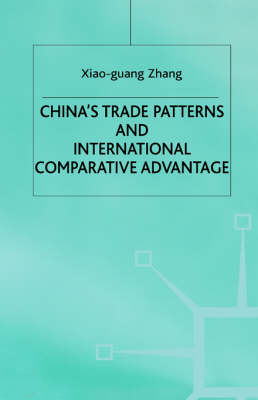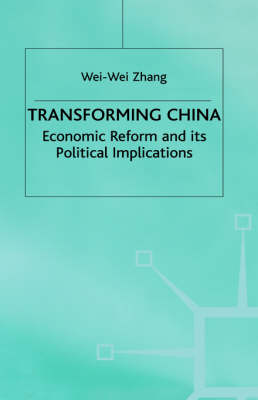Studies on the Chinese Economy
2 total works
The outstanding performance of the Chinese economy in the 1980s and 1990s has been widely attributed to economic reforms and open-door policies. This book provides the first comprehensive and quantitative assessment of the impact of reform policies on the Chinese domestic economy at the detailed sectoral level.
Beginning with a survey of China's economic reform progress, the author quantitatively measures China's trade performance and the comparative advantage for tradable-good-producing industries over the reform period. To assess resource allocation efficiency, the commodity patterns of China's foreign trade are examined and compared with its underlying international comparative advantage.
In tracing the sources of changes in China's trade patterns and comparative advantage, the author also reveals in detail how economic reforms have realigned China's domestic price structure with the rest of the world, and assesses the emergence of China's domestic factor markets during the reform period.
Beginning with a survey of China's economic reform progress, the author quantitatively measures China's trade performance and the comparative advantage for tradable-good-producing industries over the reform period. To assess resource allocation efficiency, the commodity patterns of China's foreign trade are examined and compared with its underlying international comparative advantage.
In tracing the sources of changes in China's trade patterns and comparative advantage, the author also reveals in detail how economic reforms have realigned China's domestic price structure with the rest of the world, and assesses the emergence of China's domestic factor markets during the reform period.
Transforming China provides an insider's comprehensive and perceptive examination of China's economic reform and its political implications. With wide-ranging primary materials, including interviews, surveys and author's own recollections of Deng Xiaoping and Zhao Ziyang, the book sheds new light on the Chinese approach to reform, including its dual-goal, dynamic gradualism and reform leadership. It assesses the vast social and political changes set forth by the reform, especially multiplying socio-political problems, and the international ramifications of China's rise.

